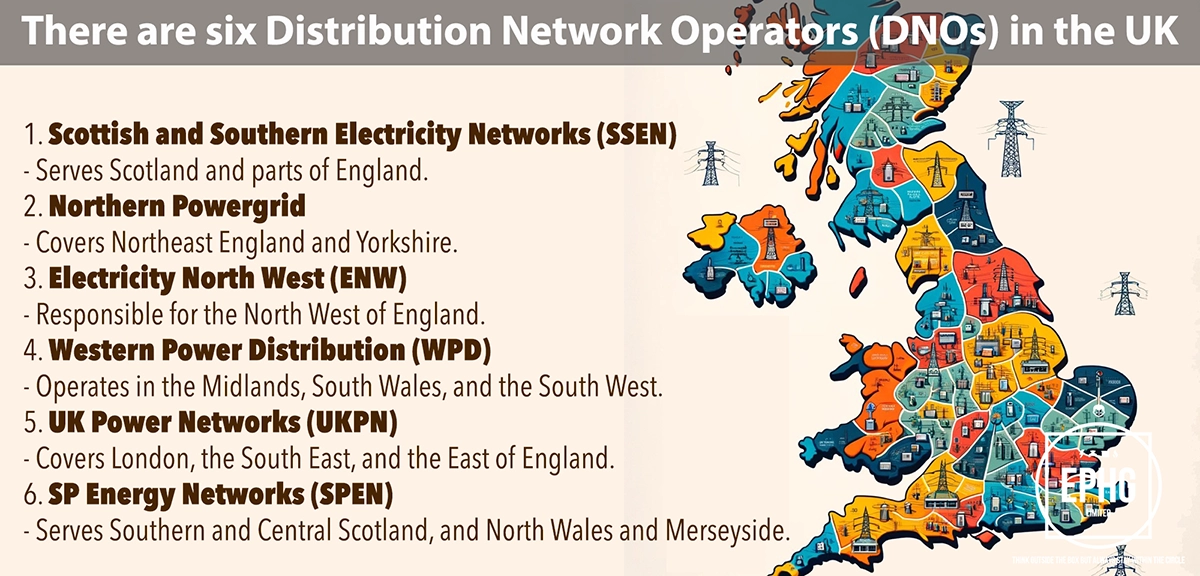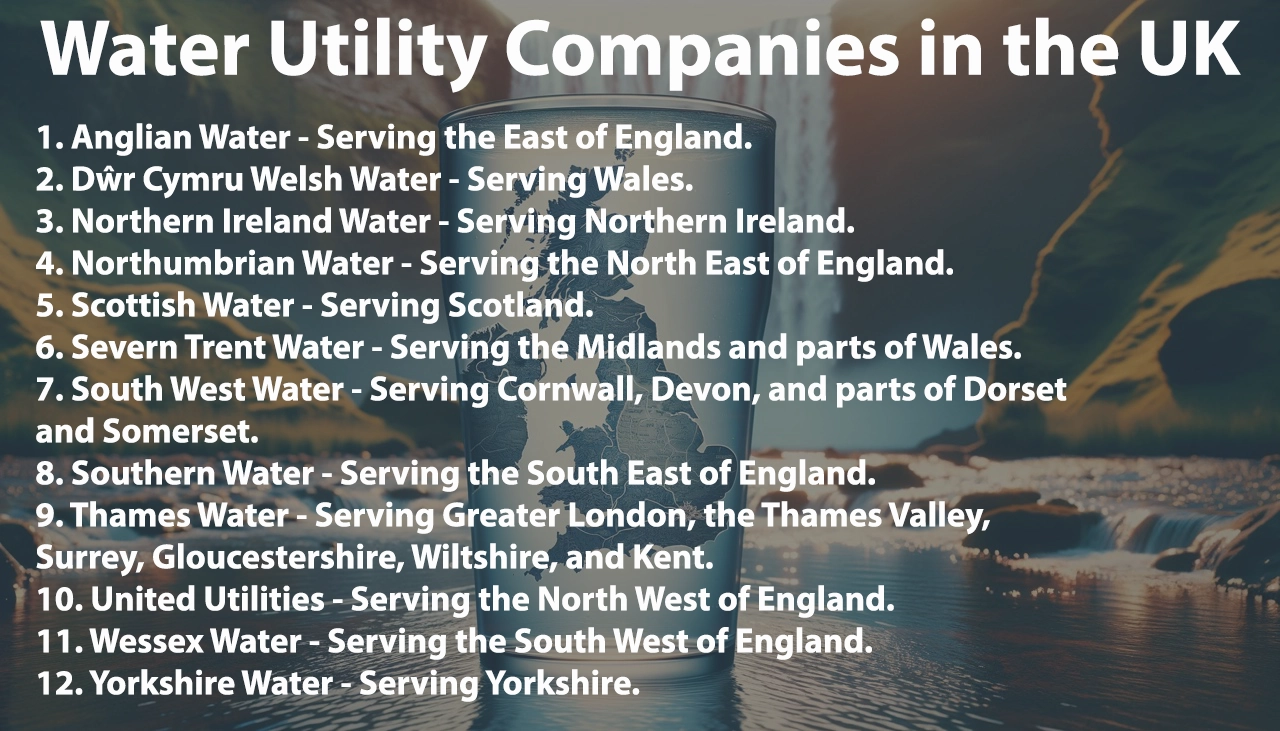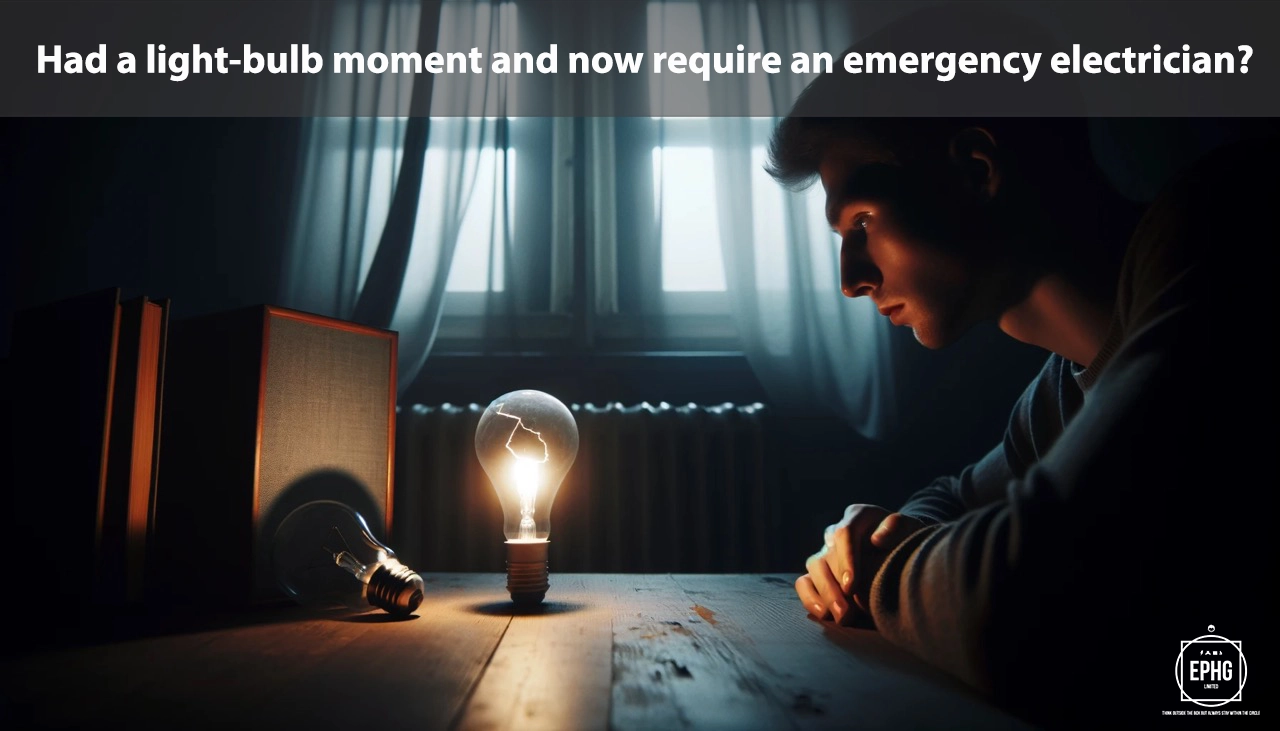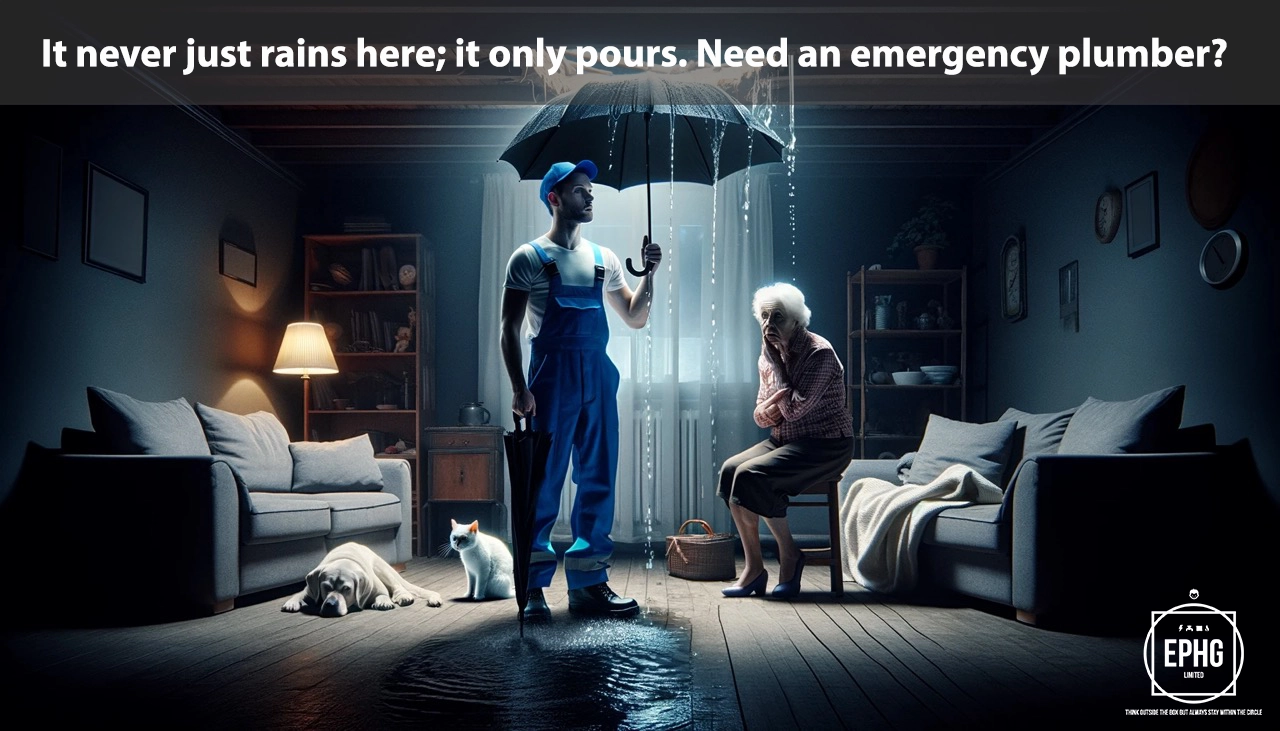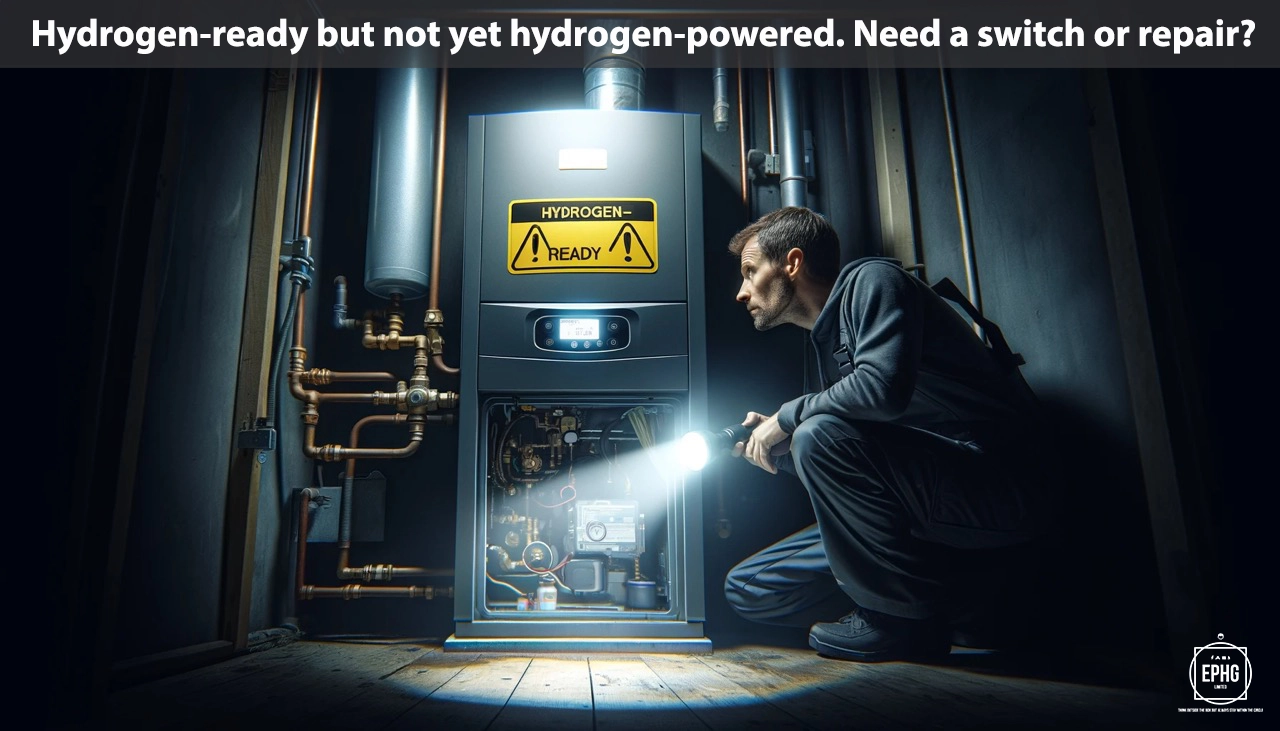
GU Postcodes for Utilities & Services in Guildford
Introduction: The GU postcode area, encompassing Guildford and neighboring locales, presents a mix of urban and rural settings. Here, we delve into the specifics of water and electricity provisions, offering insights and other pertinent information for the community.
Water in Guildford
Where does the water supply come from in Guildford and is there ever a shortage of water?
In Guildford, the primary water supply is sourced from the River Wey and underground aquifers, which are critical for meeting the domestic and commercial needs of the area. The River Wey, with its two branches that meet in Guildford, plays a vital role in supplying water to local treatment facilities where it is processed to meet rigorous quality standards before distribution. Despite the area's generally reliable water supply, Guildford, like many parts of the UK, is not immune to the challenges posed by seasonal variations and climate change, which can affect water levels and availability. Southern Water and Thames Water, the main providers, have implemented robust water management strategies including reservoir storage and conservation initiatives to mitigate the risk of shortages. Residents are also encouraged to adopt water-saving measures, especially during dry spells, to ensure sustainability of this precious resource.
What is the hardness & quality of the water in Guildford and can this affect your health?
Water hardness in the Guildford area varies, with generally moderate to hard water due to the geological makeup of the region, including chalk and limestone deposits. This means water contains higher levels of minerals like calcium and magnesium. While hard water can contribute to scale buildup in appliances and affect the efficiency of soaps and detergents, it is not harmful to health and can actually provide beneficial minerals. The water quality is consistently monitored and treated to comply with strict safety and health standards, ensuring it is safe for all uses. Consumers can use water softeners if they prefer softer water for household use, but the mineral content of hard water is generally considered beneficial from a dietary perspective. Water providers remain committed to delivering high-quality water and encourage customers to report any concerns regarding water quality.
Electricity in Guildford
Where does the electric supply come from in Guildford and what is the future of energy there?
The electricity supply in Guildford is primarily generated through a combination of conventional and renewable sources. Historically, the area has relied on the national grid, which includes power from fossil fuels, nuclear energy, and more recently, a growing share of renewable sources such as wind, solar, and biomass. The Guildford area, part of the South East of England, is witnessing an increase in local renewable projects, particularly solar farms and smaller-scale hydroelectric installations along the River Wey. The future of energy in Guildford aims at a sustainable model, with local government and community initiatives pushing for increased use of renewables, energy efficiency improvements, and exploration of innovative technologies such as geothermal heating. Investments are being made to enhance the grid's capacity to integrate green energy, reducing the region's carbon footprint and leading the way in environmental stewardship.
When is hydrogen coming to gas boilers in Guildford?
While Guildford, like the rest of the UK, is considering the integration of hydrogen technology as part of a broader move towards decarbonizing heating, specific timelines remain under development. The transition towards hydrogen heating will depend on national strategies and local pilot projects, which are expected to shape the framework for broader adoption. Residents and businesses in the GU postcode area are advised to monitor local developments and initiatives, such as potential hydrogen trials or retrofit programs, which may precede the wider roll-out of hydrogen heating solutions. The move to hydrogen aims to complement the area's commitment to clean energy and will likely be phased in alignment with infrastructure upgrades and supply availability.
Where Does the Wastewater Go in Guildford
In Guildford and the surrounding GU postcode area, wastewater management is a critical public service, ensuring the protection of both health and the environment. Wastewater from homes, businesses, and industrial premises is collected and channeled to treatment facilities, such as the Guildford Wastewater Treatment Works. Here, advanced processes are employed to treat the water, removing contaminants before it is safely returned to the natural environment, primarily into the River Wey. The region's wastewater systems are designed to meet high environmental standards, with ongoing investments aimed at improving efficiency and capacity to support growing populations and stringent regulatory requirements. This commitment ensures that Guildford continues to safeguard its natural waterways and uphold community well-being.
Regions and Services:
The GU postcode area offers a blend of urban centers and scenic countryside, providing diverse environments from the bustling town of Guildford to the peaceful Surrey Hills. Key regions include:
- Guildford Town: A focal point for utility advancements, showcasing significant development in electrical, gas, and renewable energy infrastructures.
- Woking, Farnham, and Camberley: Urban towns that balance traditional services with modern sustainable practices, reflecting their evolving community needs and environmental awareness.
- Godalming, Haslemere, and Cranleigh: Smaller towns and villages set against the backdrop of the Surrey Hills, where there is an increasing emphasis on integrating renewable energy solutions with existing utilities to preserve the natural beauty and meet local demands.

Regions within the GU Postcode
Guildford and Surrounding Areas
- GU1: Guildford Town Centre, Slyfield, Merrow
- GU2: Onslow Village, Park Barn, University of Surrey
- GU3: Normandy, Puttenham, Worplesdon
- GU4: Burpham, Chilworth, Jacobs Well
- GU5: Albury, Bramley, Shere
- GU6: Cranleigh, Ewhurst, Alfold
- GU7: Godalming, Farncombe, Charterhouse
- GU8: Elstead, Milford, Witley
- GU9: Farnham, Badshot Lea, Hale, Heath End
- GU10: Bentley, Frensham, Churt
- GU11: Aldershot
- GU12: Aldershot, Ash, Ash Green, Ash Vale
- GU14: Farnborough, Cove
- GU15: Camberley, Old Dean, RMAS
- GU16: Frimley, Frimley Green, Deepcut, Mytchett
- GU17: Blackwater, Hawley, Minley, Darby Green
- GU18: Lightwater
- GU19: Bagshot
- GU20: Windlesham
- GU21: Woking, Knaphill, St. John's, Horsell, Goldsworth Park
- GU22: Woking, Pyrford, Hook Heath, Mayford, Old Woking
- GU23: Send, Ripley, Ockham, Wisley
- GU24: Bisley, Pirbright, Chobham, Knaphill, Brookwood, West End
- GU25: Virginia Water, Wentworth
- GU26: Hindhead, Grayshott, Beacon Hill, Headley Down
- GU27: Haslemere, Fernhurst, Shottermill, Grayswood
- GU28: Petworth, Bignor, Duncton
- GU29: Midhurst, Cocking, Easebourne
- GU30: Liphook, Bramshott, Conford, Linch, Milland, Passfield
- GU31: Petersfield, Buriton, East Meon, South Harting, Elsted, Rogate
- GU32: East Liss, West Liss, Hill Brow, South Harting, Priors Dean
- GU33: Greatham, Liss, Blackmoor, Hawkley, Langrish, East Tisted
- GU34: Alton, Beech, Bentworth, Medstead, Four Marks, Golden Pot, Lasham
- GU35: Bordon, Headley, Lindford, Oakhanger, Kingsley, Arford, Whitehill
- GU46: Yateley
- GU47: Sandhurst, College Town, Owlsmoor, Little Sandhurst
- GU51: Fleet, Elvetham Heath
- GU52: Church Crookham, Crookham Village
